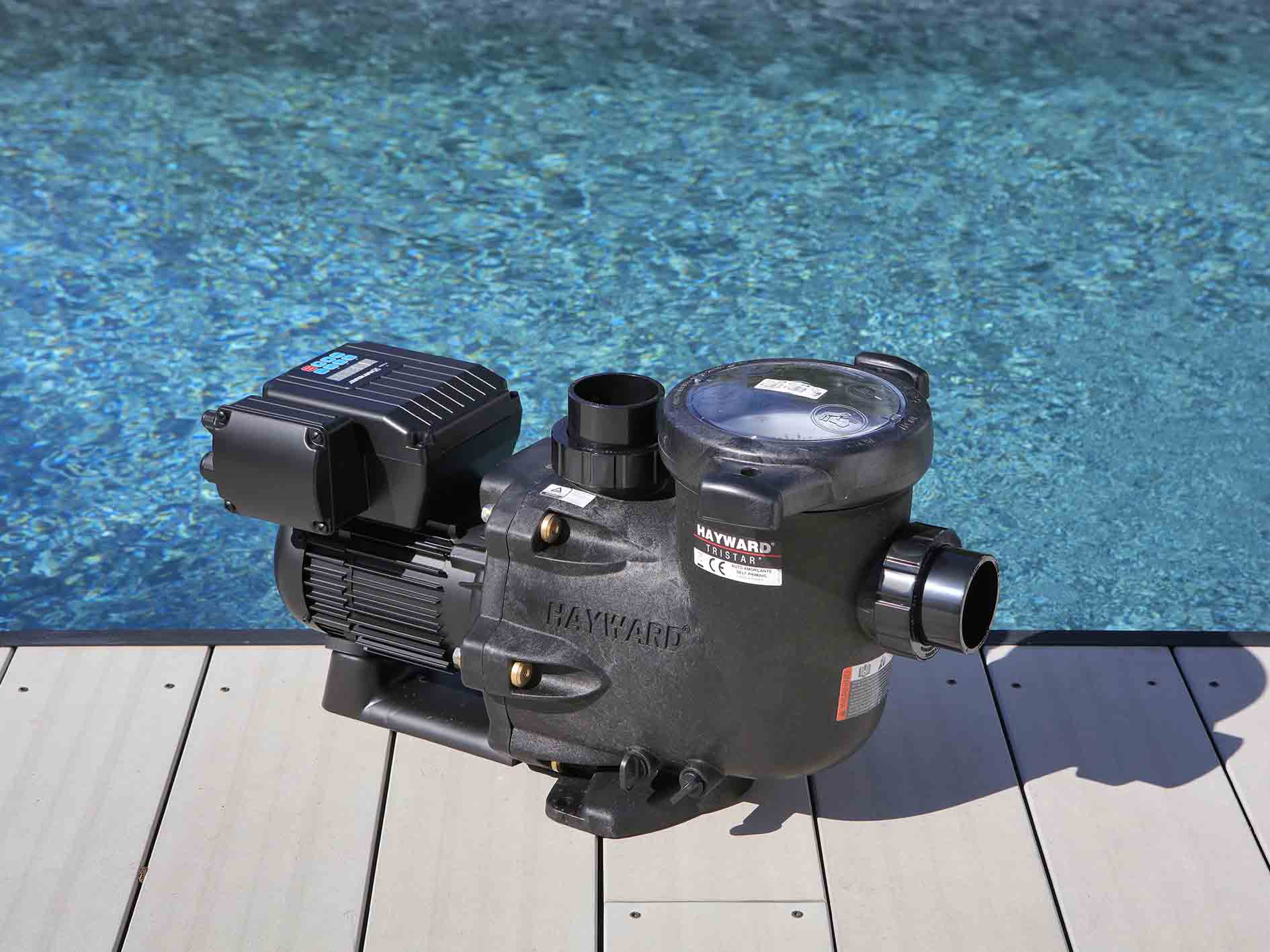Choosing the right filtration pump for your pool

Multiple factors must be considered in choosing the best pump for your pool depending on what you expect it to do.
The filtration pump is the main piece of equipment in the plant room, and its job is to circulate the water and force it through the filter. In other words, it plays a vital role and is very hard-woridng, so it has to be geared to the size of the pool and the volume of water.
How filtration pumps work
A swimming pool pump comprises a motor that drives a turbine. Its role is to circulate the water round the hydraulic network, sending it from the skimmers to the filter and then pumping it back into the pool via the nozzles. The first criterion to be considered is the size of your pool, because the pump capacity must be suitable for the volume of water to be pumped.
Two simple ways to calculate the filtration rate
The number of times the water is renewed per 24-hour period
A pool specialist will generally reckon on five or six times per day. The theoretical pump flow rate is chosen on this basis and depending on the distance between the pump and the pool.
Water temperature division
To work out the filtration time per 24-hour period, simply divide the water temperature by two. If it is 28°C, the pump will have to operate for 14 hours per day.
The trend for variable-speed pumps
These models have won plaudits on account of their excellent energy efficiency and are becoming increasingly widespread in Europe, following in the footsteps of the USA and Australia. The motor modulates the pump speed while also varying the frequency to reduce head losses. In other words, the filtration pump operates at a slow speed round the clock, dividing electricity consumption by up to 27 in some cases.
And because the water is pumped more slowly, it is also filtered more effectivly. What's more, variable-speed pumps operate more quietly and last longer. They can be fitted in all types of pool, whether above-ground or in-ground.
Hayward's TriStar® VSTD can achieve electricity savings of up to 85%* compared with a conventional pump. Being more durable, this model pays for itself very quickly, often in just three seasons. A final compelling advantage is that it can be controlled remotely using the AquaRite + NG control box, keeping it running as efficiently as possible. An excellent choice for both new-build and renovation projects!
*Low-speed operation. Generally, potential savings of 65% are observed.
You will like also ...
ALL NEWS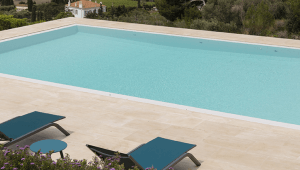 Inspiration for my pool
Inspiration for my pool
Developing your poolside area
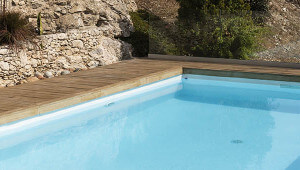 Inspiration for my pool
Inspiration for my pool
Is an eco-friendly pool really possible?
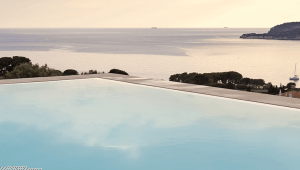 Inspiration for my pool
Inspiration for my pool
The current top five swimming pool trends
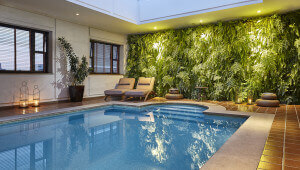 Inspiration for my pool
Inspiration for my pool
Let’s focus on indoor pools
